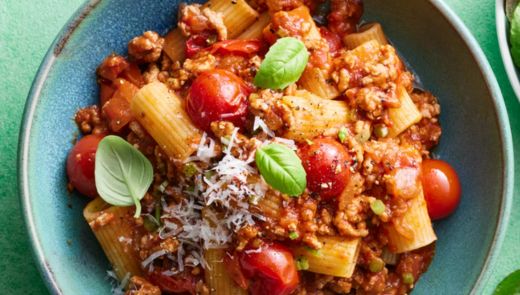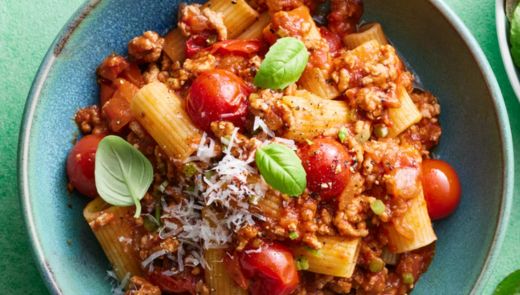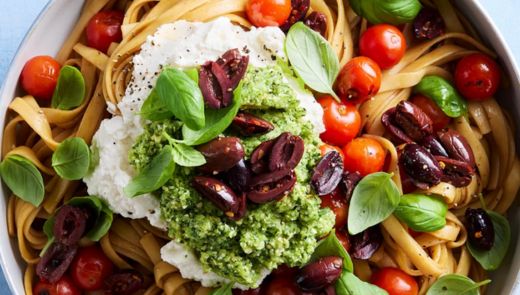
Nutrition
HOW TO REDUCE CRAVINGS
It is estimated that 97% of women and 68% of men battle with food cravings, especially for foods high in sugar, fat, or carbohydrates. Meaning almost all of us struggle with cravings for certain foods at one point or another, and it is rarely broccoli or carrots! Trying to prevent indulging can cause a significant amount of stress and anxiety for many people. Often cravings have little to do with actual physical hunger, but instead for a need to experience a specific feeling or emotion being provided from a food. So what can you do if your cravings are sabotaging your diet?
First, it is important to understand that food cravings have been shown to be as powerful as a craving for drugs. Several foods, especially those high in sugar, affect the same part of the brain asheroin or other opiate drugs do. High carbohydrate foods trigger a release of serotonin, a natural opioid.Meaning, high carbohydrates foods really do make us feel better and help soothe negative emotions! A 2007 study, gave cocaine-addicted rats a choice between the drug or sugar. When offered both choices, the rats chose the sugar as their drug of choice, instead of the cocaine! Meaning, they were able to get the same high they needed by consuming the sugar, it was equally as addictive. It is no wonder that after a bad day all we want is some ice cream to help soothe our feelings! Sugar acts like a drug in our brains.
Since certain foods do have an effect on our mood and emotions, there are several emotional reasons we may crave certain foods, such as depression, anxiety, boredom, exhaustion or loneliness. Certain people or situations can also trigger a craving, for example, maybe you and your best friend always eat chocolate chip cookies together. Just seeing her makes you want cookies! Before you indulgein a craving, ask yourself “Am I hungry?” If the answer is no, then follow-up with, “Am I anxious? Sad? Tired? Lonely? Bored? Is this a habit?”, to help you identify possible reasons for craving the cookie. Once you know what is going on you can identify your next plan of action. If you’re tired, go to bed! If you are lonely, call a friend. If you are bored, find something to do. If it’s a situational craving or a habit, try to set up a new habit in that location, like maybe your friend greets you with an apple instead of a cookie.
Regular exercise can also help with food cravings, as it reduces insulin levels. Too much insulin in the blood stream can contribute to food cravings, especially for sweet foods.Exercise also helps manage stress, anxiety, and depression, so that you don’t use food to cope with those feelings. Aim for thirty to sixty minutes per day of moderate exercise to help manage cravings.
When you are trying to fight cravings, the best thing you can do is be mindful of the choices you are making and the reasons behind them. Staying present when eating, asking yourself if you are satisfied between each bite, can help you eat less and manage your emotions better. Try not to eat while distracted in front of the TV or while driving, as you can eat significantly more when you are not paying attention. You may also want to try keeping a journal of your food and feelings to help you identify what some of your triggers might be. If a craving sets in, have a glass of water and distractyourself for 15-20 minutes, then see if you still want that food. Eat every 4-5 hours to prevent yourself from getting too hungry. Include lean protein, vegetables, and whole grains at every meal to provide your body optimal nutrition and stabilize your blood sugar. Lastly, don’t be too hard on yourself! We all have some cravings from time to time and if our diets are balanced overall, it’s ok to indulge sometimes.
By Dietician Julie Masci




